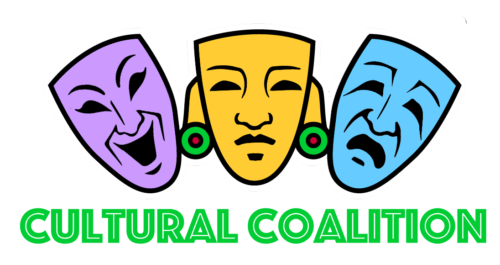Everything you’ve always wanted to know about Dia de los Muertos (Day of the Dead)
 If you’ve never celebrated Dia de Los Muertos before, or learned about its history you might have some questions about the origin of the holiday. If you’re not a Spanish-speaker, you might even be unfamiliar with some of the vocabulary or traditions of Day of the Dead. Not to fear though! Today we’re answering all the questions you’ve ever had, and all the things you’ve wanted to know about Dia de los Muertos.
If you’ve never celebrated Dia de Los Muertos before, or learned about its history you might have some questions about the origin of the holiday. If you’re not a Spanish-speaker, you might even be unfamiliar with some of the vocabulary or traditions of Day of the Dead. Not to fear though! Today we’re answering all the questions you’ve ever had, and all the things you’ve wanted to know about Dia de los Muertos.
What is Dia de los Muertos?
Dia de los Muertos, or “Day of the Dead” in English, is a Mexican holiday, usually celebrated November 1st and 2nd, blends pre-hispanic indigenous beliefs and traditions to celebrate and honor deceased ancestors.
How is it celebrated?
Dia de los Muertos is a festive and joyful holiday, where people laugh, and share food and happy memories about their beloved departed. Families will clean and decorate graves, create beautiful personalized altars in the household and visit or take part in street parades.
Where is Day of the Dead Celebrated?
Dia de los Muertos is widely celebrated throughout Mexico, and the Southwest. Many other countries have their own similar celebrations for honoring their ancestors, but Dia de los Muertos still seems to gain popularity around the world each year.
What is a Calaca?
A Calaca is a colloquial translation for Skeleton in Spanish. It is also a term of endearment. These smiling Calacas can be found everywhere on Dia de los Muertos, in artwork, humorous performances and short movies or even as puppets.
What is a Calavera?
Calaveras are representations of human skulls and are the universal reference for human beings. You will see them in Day of Dead themed kids coloring activities, as edible sugar skulls or even represented in face makeup.
What is an Ofrenda?
Ofrendas, or offerings, are personalized altars to honor deceased relatives. Ofrendas usually include candles, food, flowers and photographs.
What is La Procesion?
La Procession, or the procession, is the parade-like march that often takes place at the end of a Day of the Dead celebration to honor the departed.
Who is La Catrina?
La Catrina, also called La Calavera Catrina, is a Mexican Icon of an elegantly dressed Calaca, or skeleton woman etched by famous mexican printmaker Jose Guadalupe Posada in 1910. Posada designed Catrina to critique the aristocratic elite at the time, but now she is also synonymous with the celebration of Dia de los Muertos.
Who is La Llorona?
La Llorona, or The Weeping Woman, is a legendary figure in Latin American folklore. Though the lore may change by region, she is often depicted as a distraught mother looking for her lost children, trapped between the world of the living and the dead, often attempting to snatch up children who wander too far from their parents. She often makes appearances at our festivals.
Who is invited to celebrate?
All are invited to celebrate with us, this Sunday, October 23rd from 12-6pm at Steele Indian School Park. For instructions on what to wear, what to bring and how to best enjoy yourself check out our post on the Do’s and Don’ts of Dia de Los Muertos!
For more information about the event, to see this year’s event schedule and performance lineup, visit our event website, diadelosmuertosphx.com, and don’t forget to share the event with your friends on facebook!
